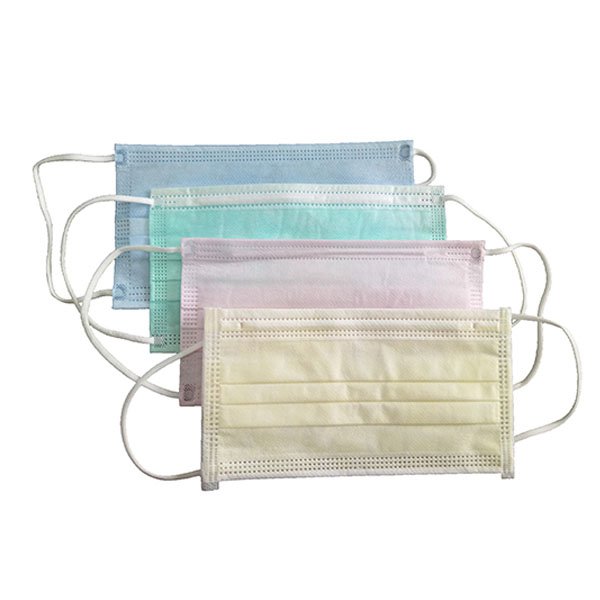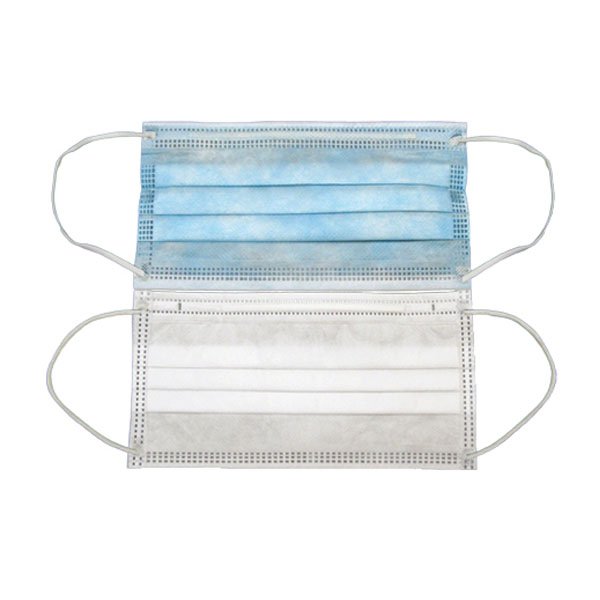This document outlines some of the key difference between respirators and surgical masks. Health care workers routinely use surgical masks as part of their personal protective equipment. However, surgical masks are not respirators and are not certified as such. Non-medical masks are also discussed below.
The difference is not always immediately apparent. A respirator will be marked with its approval rating (e.g., N95, N100, etc.). Surgical masks do not have this rating. (Note there are also “surgical masks” that have been rated as respirators (i.e., N95 surgical masks). Always be sure you are wearing the right respirator or mask for the hazards present and task you are performing.

1. Evaluation, Testing, and Certification
· Respirators
Respirators are evaluated, tested and certified by National Institute for Occupational Safety and Health (NIOSH) to meet set minimum performance requirements, including filter efficiency and breathing resistance. NIOSH approved respirators are required in Canada.
A NIOSH approved respirator will have the following text printed on the respirator:
·· NIOSH
·· the type of approval (e.g., N95), and
· the manufacturer's name
· Surgical Masks
The Medical Devices Bureau of the Therapeutic Products Directorate (TPD) in Health Canada is the national authority that monitors and evaluates the safety, effectiveness and quality of diagnostic and therapeutic medical devices in Canada. Depending on the class of medical device, certain licensing and authorization to sell in Canada are required.
2. Purpose
· Respirators
Respirators protect from exposure to airborne particles. In healthcare, protects from exposure to biological aerosols including viruses and bacteria.
· Surgical Masks
Surgical masks are a barrier to splashes, droplets, and spit.
3. Fit (Face seal)
· Respirators
Respirators are designed to seal tight to the face of the wearer. Wearers should be fit tested to make sure they are using the appropriate model and size of respirator to get the best fit.
· Surgical Masks
Surgical masks are not designed to seal tight against the face.
4. Filtration
· Respirators
Respirator filters that collect at least 95% of the challenge aerosol are given a 95 rating. Those filters that collect at least 99% receive a “99” rating. And those that collect at least 99.97% (essentially 100%) receive a “100” rating.
· Surgical Masks
Surgical masks do not effectively filter small particles from the air.
5. Use Limitations
· Respirators
Generally, single use. Should be discarded when it:
·· becomes damaged or deformed,
·· no longer forms an effective seal to the face,
·· becomes wet or visibly dirty,
·· breathing through it becomes more difficult, or
·· becomes contaminated with blood, respiratory or nasal secretions, or other bodily fluids.
Some types of respirators can be reused (e.g., elastomeric masks). Follow manufacturer's instructions.
· Surgical Masks
Generally, one time use (one patient encounter). Follow manufacturer's instructions.

We are a leading supplier and manufacturer of the best grades of disposable surgical mask that will help you to protect yourself from infection. We will be glad if you contact us for a business deal on any of our premium products.